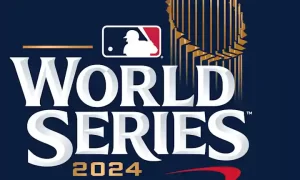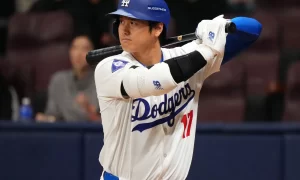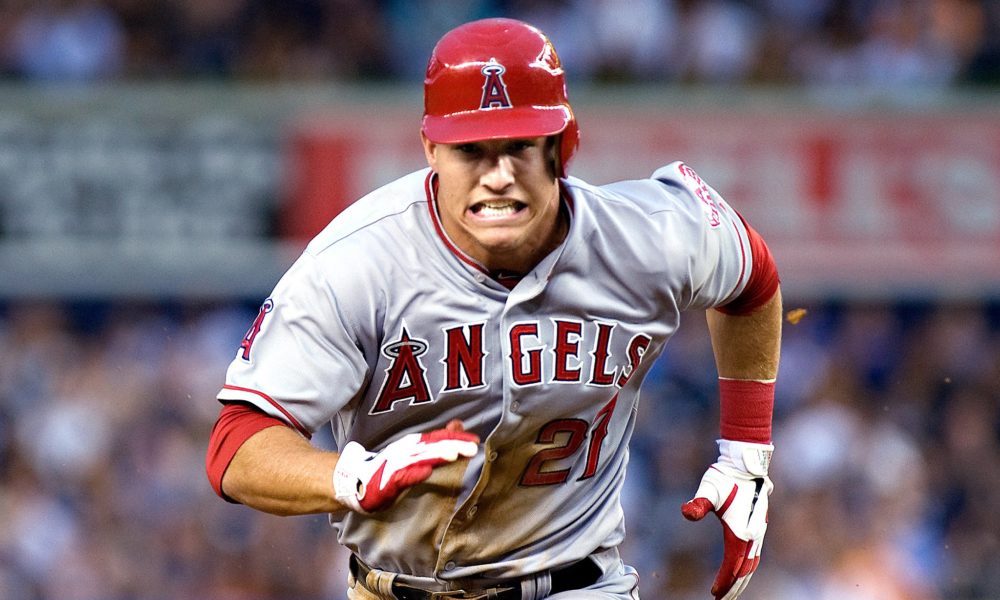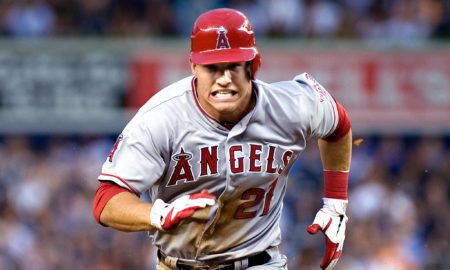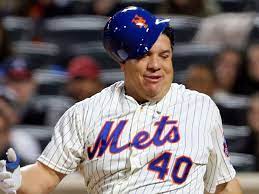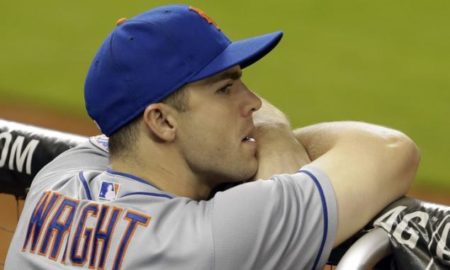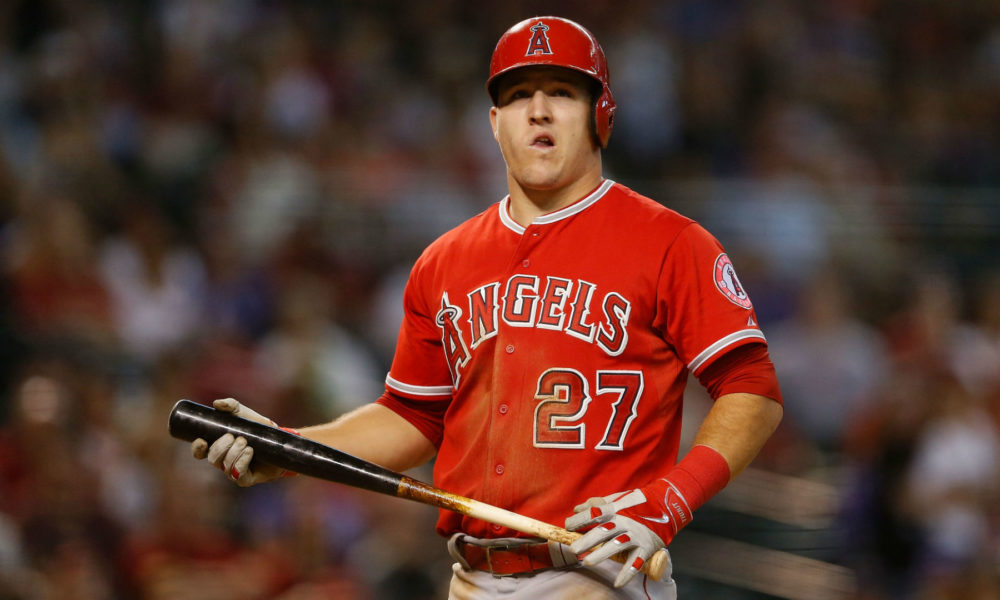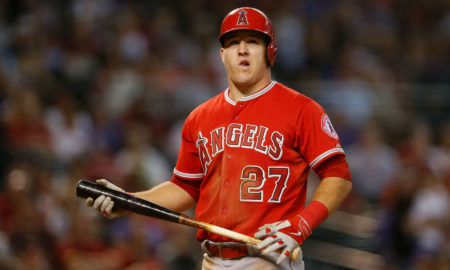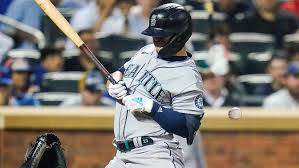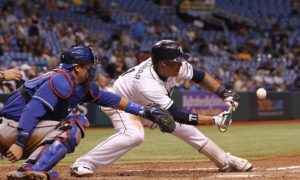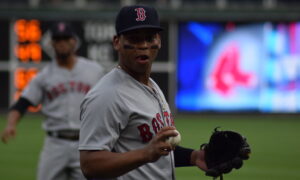Let’s (Try To) Fix the Rockies
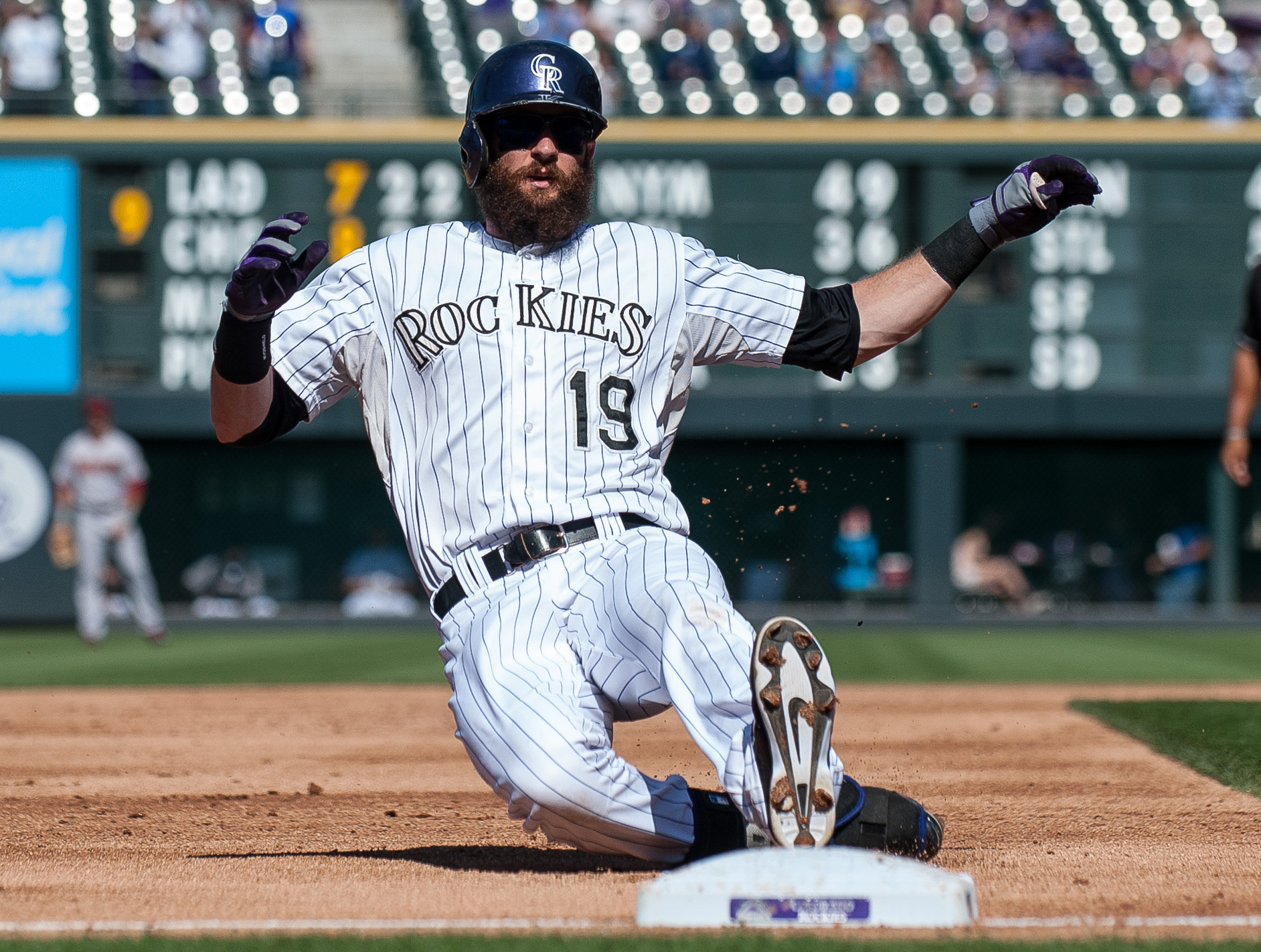
In today’s era of baseball, there are seemingly five classes of teams. Usually, when a team is in a class by themselves, that’s a good thing. The Rockies have managed to be the only team in Major League Baseball without a coherent strategy or trend.
- Super Teams
- Contenders
- Borderline Teams
- Rebuilding Teams
- The Rockies
After back-to-back Playoff appearances in 2017 and 2018, the Rockies seemed poised to be a contender for seasons to come. Kyle Freeland and German Marquez both had 4 WAR seasons with ERAs AND FIPs under 4. For the first time in Rockies history, the pitching led them to the playoffs. It looked as if the Rockies had finally figured out how to develop pitching suited for Denver home games.
Then, the hitting started to turn: they locked up their franchise cornerstone Nolan Arenado up to a Mega-Deal (questionable opt-outs aside). Trevor Story broke through for good in 2018, hitting 37 HRs and producing 5 WAR, all while playing an above-average shortstop. It seemed as if the tide had finally turned in Colorado, and that the Dodgers had themselves a worthy opponent.
Wrong.
Already saddled with several underperforming and questionable Free Agent deals -chiefly Ian Desmond and Greg Holland – the Rockies doubled down and tried to solidify the roster further in Free Agency. They signed 3 relievers to contracts cumulatively worth over $100 Million dollars. That is ridiculous money for relievers for a mid-market team, but the Rockies identified a weakness and tried to patch the hole. Here are how the 3 relievers in question performed over the life of their Rockies’ tenure.
| Signed in 2018 | ERA | FIP | WAR |
| Wade Davis | 6.49 | 4.73 | 0.2 |
| Jake McGee | 5.54 | 5.40 | -0.6 |
| Bryan Shaw | 5.61 | 5.07 | -0.5 |
That’s $100+ Million for -0.9 WAR. It’s not my money but those numbers still gave me mild heartburn. But the rest of the roster from the 91 win season was mostly intact, so how much harm could be done?
The 2019 season was a disaster. Multiple players regressed, and the Rockies finished 71-91, almost the exact opposite of the 2018 season in which they went to the NLDS. The much maligned GM of the Rockies even publicly entertained trade offers for Arenado, fresh off giving him an extension – Much to Arenado’s chagrin. The star 3rd baseman and recently extended Face of the Franchise told ESPN that he felt “disrespected”. He accused the Rockies of “a lot of disrespect from people there that I don’t want to be a part of.” That’s… not exactly what you want to hear from your best player whom you just signed for $200+ million dollars.
But Arenado stayed put, and the Rockies roster wasn’t in complete disrepair (yet).
The Rockies had been burned in free agency, and no one would have been shocked or even upset if the Rockies stuck to low cost moves in the 2019 offseason. But aside from signing Daniel Murphy, another 1B to add to their glut of corner infielders, they only made minor league signings and the 4th Place Major League roster mostly stayed intact.
Couple the increasing divide between Arenado and the front office with the sad roster moves heading into the season, and the 2020 season result wasn’t hard to predict. Another 4th place finish with little hope on the horizon was both on the tea leaves and the actual future. Arenado struggled through a shoulder injury which hampered his production and ultimately, his trade value. And so here we are, 2 weeks before the 2021 season, and the mess of the Rockies roster in full sight.
They traded their Face of the Franchise this offseason because they had too, not because they wanted to. They did the deed after a down year (by his standards) for a few low level minor league lottery tickets and a 4th-5th starter/swingman type. Not a single top 100 prospect in return. So what should the Rockies do?
Strip it Down to the Studs
The Rockies currently have 1 Top 100 prospect, Zac Veen, who is 19 years old and has yet to play a full Minor League season. Trevor Story is a free agent after the year, and there has been little on the extension front, publicly at least. But why would he want to sign long-term to be a part of the bad clown circus that is the Rockies Organization right now?
Speakly frankly, this Rockies situation doesn’t make sense, but I’m going to try my best to untangle it.
STEP 1: Clear the Money
Since the bottom line is more important to owner Dick Monfort than the product on the field, let’s start with the money. The Rockies current payroll is at $116 Million.
I’m going to assume Trevor Story plays elsewhere in 2022, which brings the payroll for 2022 under $100 Million. This leaves us with 2 major contracts after 2021: Charlie Blackmon, and German Marquez. The Rockies will finally be escaping their self-inflicted financial wounds.
Charlie Blackmon has 2 years remaining after 2021, but they’re player options. He’s gotten better with age, but will be 35 this year, and although he’s a “unique” individual, chances are he wants to win in his twilight years rather than be part of a rebuild.
Verdict: Trade Him. Getting the contract off the books isn’t as important as getting the best prospects in return, so if money has to be eaten on the Rockies’ end, they should do so.
Trevor Story is a Free Agent at the end of the year. Given how the Arenado deal went, I’d bet against an extension being reached, so the Rockies should shop him aggressively all year. There’s no need to wait wait until the trade deadline.
Verdict: Trade Him. This is probably their best chance of getting a quality prospect this year, and if he’s performing to his usual standards, they can probably get something close to what the Orioles got for Manny Machado: a top 100 prospect and a few interesting flyers. The Rockies system is among the worst in baseball; that type of return would be a welcome infusion of talent.
German Marquez is signed through 2024. This is the most interesting contract remaining. He’s shown potential to be a frontline starter, has proven durable, and he’s only 26. He’ll be 30 at the end of his very team friendly deal.
Verdict: Trade him. Usually the question would be, do the Rockies think they will be competing in the 2-3 years. However, the Rockies clearly do not have a hold on reality. Their GM declared them as being a “90 win team” after their 71 win 2019 and then proceeded to add nothing to the team in the offseason. They missed the playoffs (again) in 2020.
Pitchers on team-friendly deals like Marquez’s usually don’t get traded, but we can’t trust this Rockies’ front office to put a competent team on the field. Trading Marquez will bring back an immense haul of something the Rockies farm system doesn’t have right now, impact talent.
Ian Desmond has left the Rockies in a weird place. He hasn’t been an average player since 2016. The team has essentially flushed $70 million, with no return on the horizon. He opted out of 2020 due to COVID and has opted out of 2021 “for now”. The Rockies have a club option for 2022, which they are almost sure to decline.
Verdict: Thank Desmond for his services at the end of 2021 and go their separate ways.
This puts the Rockies roster at roughly $69 Million (nice), with Scott Oberg being their highest paid player at a whopping $7 Million. He’s been among the better relievers in baseball the last 2 years, and is superfluous for a team in as much disrepair as the Rockies. He’ll be an interesting trade deadline candidate and has a club option for 2023.
They should probably trade him too.
Strip it down to the studs.
So in summary, the first steps of fixing the Rockies is purging the roster. I’m sorry Rockies fans, but this is necessary, and if the anger is to be pointed anywhere it’s at Jeff Bridich and Dick Monfort.
STEP 2: Let the kids play
The Rockies need to see what they have in the kitchen cupboard.
They have a few graduated top 100 prospects who have yet to produce. Namely, Ryan McMahon, Brendan Rodgers and Raimel Tapia should flank Trevor Story to start the year. Due to either ill-fated attempts at chasing contention or just ineffectiveness on the player’s part, none of these guys haven’t quite gotten the playing time that one would expect at the big league level of a former Top 100 prospect. It’s time to change that.
The Rockie have these players with strong pedigrees and are young enough to be the core of the next good Rockies team. Failing to give these players a fair shot at establishing themselves for the sake of a few wins in a non-contending year is an immense disservice not only to the players, but the organization which spent its time and resources developing these players.
Part of that is trading the players that are superfluous to the roster, the other part is allowing these players to work through their struggles, not bench them at any sign of failure.
1 of the 3 establishing themselves as a stalwart on the roster would be a win in a 2021 season that is sure to be full of losses.
This also applies to Greg Bird, a Colorado native. At 28, his career hasn’t taken off the way once predicted by prospect hounds, however, his potential ceiling is much higher than that of a CJ Cron, who is 31 and has shown who he is over 7 years in MLB. Again, chasing wins in a year they are not contending is a mistake. Cron signing in Colorado was puzzling to me, but many things the Rockies do/have done puzzles me. Bird should be given every opportunity to establish himself in Colorado and make good on his former top 100 prospect pedigree.
STEP 3: Revamp Draft Strategy
The Rockies do not develop pitching well. Whether that be due to organizational ineffectiveness or the difficulties pitching at altitude, they don’t do it well. Internally, I’d lobby for their minor league pitching developmental team to be completely overhauled. I can’t say how because I do not have in depth knowledge of their systems or strategies.
However, we do have their track record of drafting pitchers and drafting hitters. They have done much better with hitters. Save for Michael Toglia and Tyler Nevin, every 1st round hitter the Rockies have taken in the last 10 years has made it to the Big Leagues. And both Toglia and Nevin currently profile as at least bench/platoon bats.
That’s actually impressive. So let’s double down.
The Rockies should focus on their strengths, and focus on hitting prospects primarily until they figure out what type of pitcher/pitch mix can flourish in their ballpark. The Cubs used this strategy (position player prospects supplemented with external pitching) to win a World Series, so there’s precedent. You can trade/sign the pitching you need if your lineup is in place.
It seems like common sense, but the Rockies are a bit short on that the last few years.
How We Fixed the Rockies
In summary, my fixing the Rockies strategy is not overly complicated or even novel.
- Strip the Roster Down to the Studs and Replenish the Farm System
- Let your prospects/higher-ceiling players play
- Draft to your strengths and Fill in the Gaps later
These are easy, standard rebuilding moves. They should be executed fairly easily, even though the Rockies have made common sense moves over the years seem like rocket science.
For the sake of the fans in Colorado, let’s hope they start making the obvious moves.

